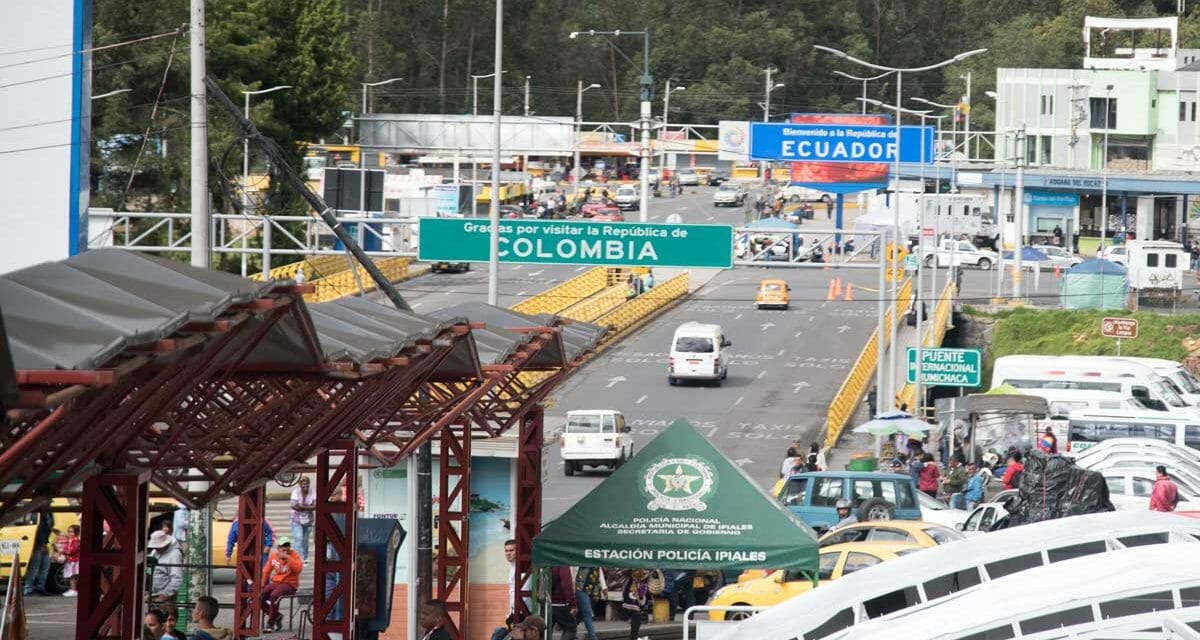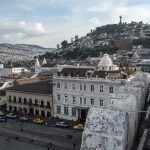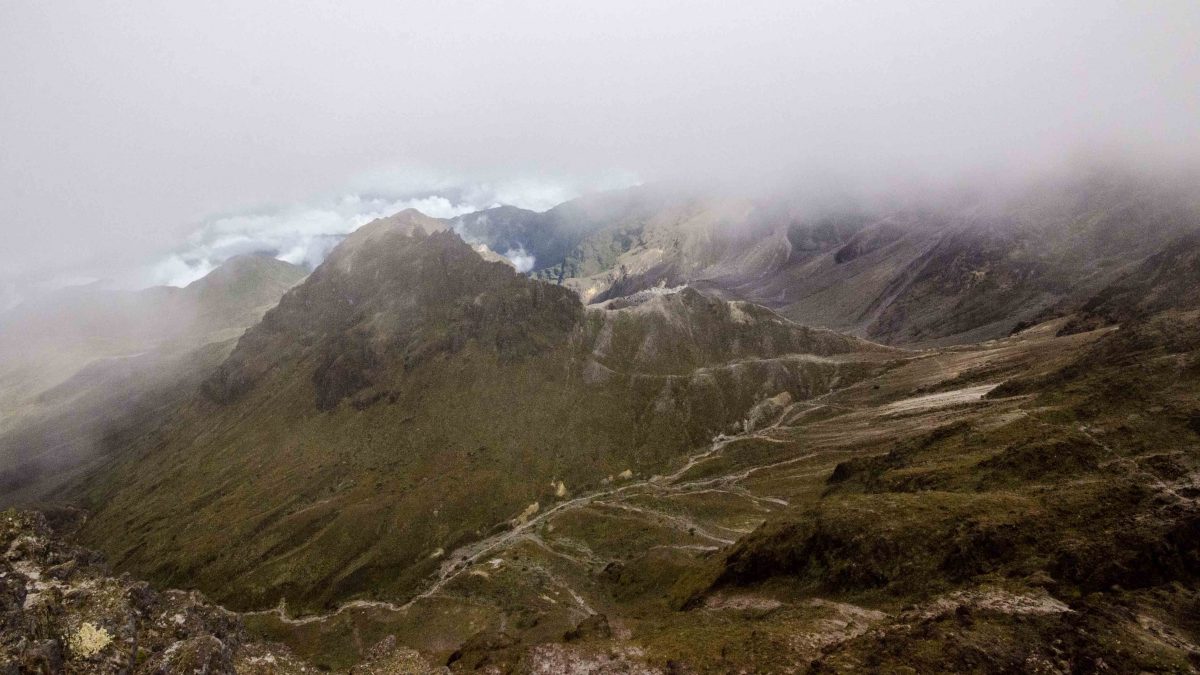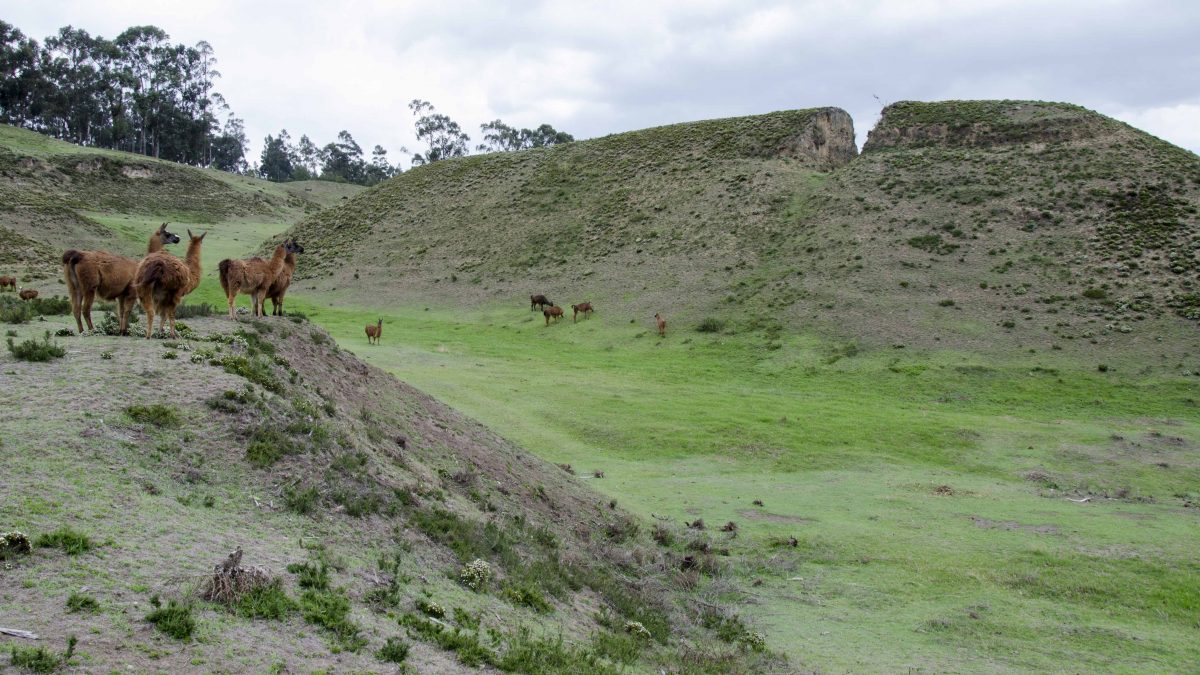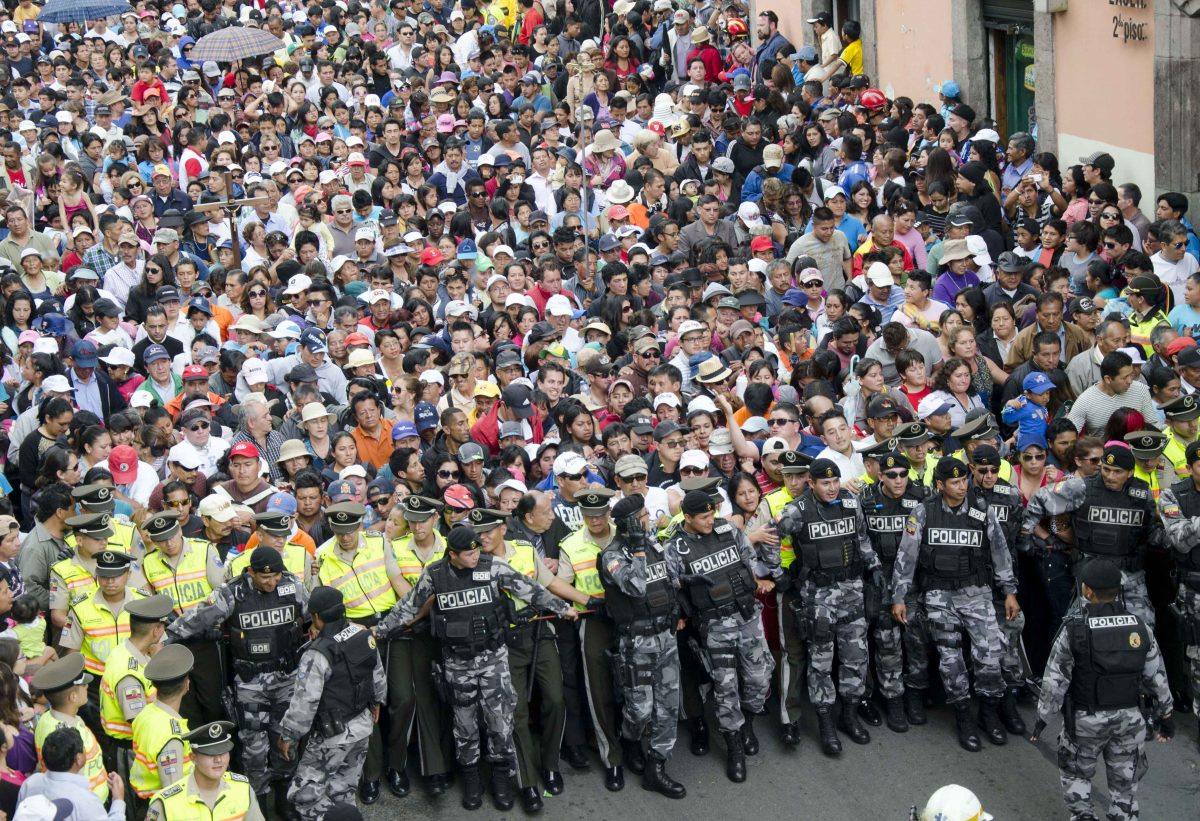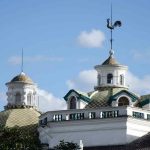While on our big trip from Bogotá to Lima, we heard about lots of potential problems crossing the border from Colombia into Ecuador. It was just after some of the worst waves of Venezuelans attempting to cross the very same border and there were rumors of long lines and complicated processes. However, our own experience was anything but complicated. Read on to learn more.
The Colombian Border
The first thing upon arriving at the border crossing just outside of Ipiales, Colombia is to actually find the entrance to the building. We arrived with Ecuadorian friends who were planning to drive across. They dropped us off and kept our luggage in their car (more on the luggage in the Ecuador section). The front of the building (the part you see first) is actually the back of the building. A guard stands at the door and will likely redirect you. But just head to the side that faced Ecuador and you will see the entrance.
Enter, chose the correct line (Colombians with other Andean Nations is one; everyone else is the other), get in line, and wait. For us, it was a wait of about 15 minutes (this was in September, 2018). Middle of the morning on a Monday. No long lines of Venezuelans.
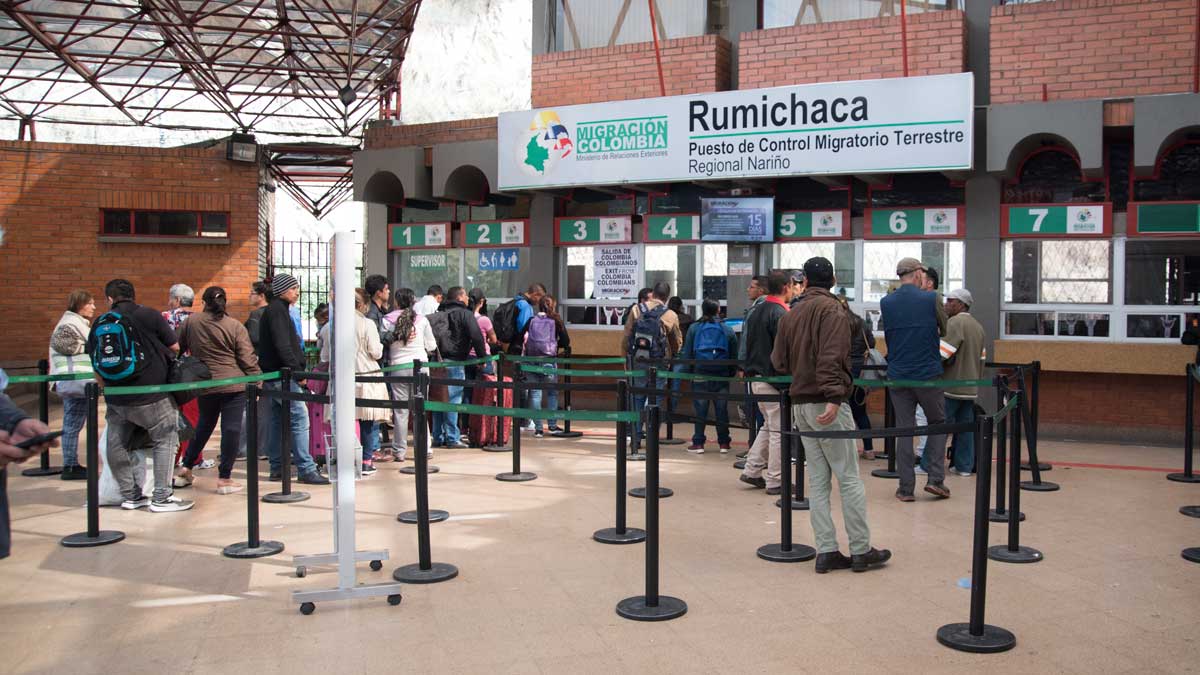
About Venezuelans at the Border Crossing
And, even if there had been, we had heard that they were having Venezuelans wait in one line and all others in a different line. In fact, an international aid agency was setting up
So don’t panic. We had actually met a fellow American who was so worried about long lines, she decided to cross at 3 am. While that is possible in Colombia where crossing is available 24 hours a day, it’s a little more complicated in Ecuador.
Hand your passports over when asked. If you are a couple or a family, you can visit the same window at the same time on this side of the border. Get your stamp and make sure that the ink is dark enough that it actually shows (that’s a horror story for another day). After they hand back your passport, you are ready to walk across to the Ecuadorian side.
The Ecuadorian Border
The Ecuadorian-side is where things get slightly complicated. The day we arrived, we were some of the only people line so we did not have to wait for very long. However, if we had carried our luggage, we would not have been able to take it into the building. No luggage allowed. Worse, there is no place to safely store your luggage outside. This gives you only a couple of poor choices – ask the guard to watch your bags (fine if there aren’t a ton of people, lousy if he’s already trying to watch other bags); or have your travel companion (if you have one) watch your bag while you go through, and visa versa. Another option might be to hire a taxi to bring you to the border and ask him to stay and hold your luggage while passing through the Ecuador. If you do this, don’t pay until after you collect your luggage. And do so only with a taxi driver recommended by your last hotel, hostel, or host.
Once inside, be prepared to go through the line one at a time. My husband and I tried to approach the window together. That was a big no-no. I would only hope that families with children would be allowed to go through together!
Again, make sure that the stamp you get is clear and legible. If you plan on applying for the 90-day extension after three months in country, as which day is the first possible to request the extension. Say thanks, and leave the building.
You are now ready to cross the Puente Internacional Rumichaca and enter Tulcán, Ecuador!

